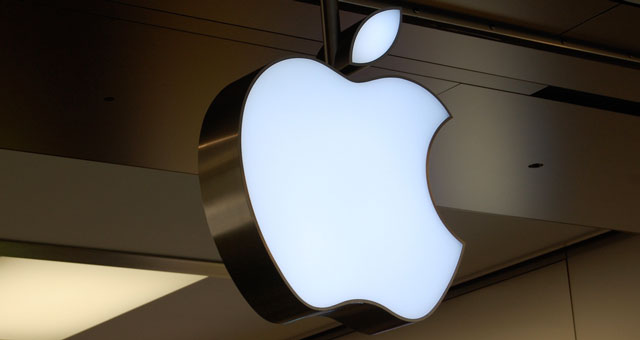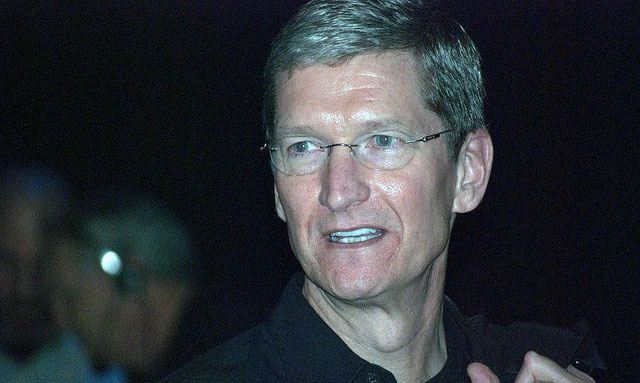
Apple is reportedly cutting orders for iPhone 5 components, possibly because of lower than expected demand from consumers for the flagship device. This is happening just as rival Samsung Electronics boasts an 89% surge in operating profit and sales of more than 100m Galaxy S devices.
Where the iPhone once dominated the top end of the smartphone market, it may now be losing ground to devices running Google’s Android operating system — and particularly the Samsung Galaxy S3, 40m of which have now been sold, matching the total sales of its predecessor, the Galaxy S2, after just seven months on sale.
At the same time, Apple has cut its orders from Asian suppliers for iPhone 5 components. Orders for displays between January and March have been cut in half, prompting talk that sales have not met the company’s expectations.
Historically, Apple has delighted in releasing sales figures for its key products, but aside from opening weekend sales figures it’s been unusually quiet about the iPhone 5’s performance since its debut in September. Investors should have more insight when the company reports its next quarterly results on 23 January.
World Wide Worx MD Arthur Goldstuck says Samsung has been able to compete effectively against Apple in markets like South Africa because it offers phones at every price point. Just as Apple was forced by rivals Google and Amazon into releasing a smaller iPad, Goldstuck thinks competitive pressures mean the company will have to release a cheaper iPhone, despite denials from Apple’s senior vice-president for marketing, Phil Schiller. “I would be very surprised if Apple doesn’t have one on the way,” Goldstuck says.
He says Apple has “put on a brave face” and fans have been “papering over the cracks of the iPhone 4S and 5 and what they represent in terms of innovation”.
Although a recent study by World Wide Worx into South African handset ownership showed that the iPhone has the “potential brand momentum” to grow its share of the South African market considerably, this is unlikely to happen, according to Goldstuck. As many as 6% of those surveyed said they intended to purchase an iPhone in 2013 but this will be tempered significantly by the availability of devices and their cost, something consumers often underestimate.
Previously, Samsung’s best selling handsets globally were feature phones, according to Goldstuck. The Samsung E250 sold 30m units and the Samsung Star performed similarly well. It’s telling, he says, that the company can now sell 40m units of the S3, a device that costs 10 times as much.

“It’s partly on account of a market that’s willing to spend more on a phone but, more importantly, it’s a case of Samsung convincing people it can offer the same value proposition as the iPhone.”
For years, Apple had less market share but made greater profits, but with devices like the S3 that situation may be changing. “Samsung’s learnt the secret and convinced customers that it can make a high-end smartphone that is just as good, if not better, than the iPhone.”
Last week, Samsung said it expected quarterly operating profit for the three months ended December 2012 had increased by 89% — in the same quarter the iPhone 5 went on sale. This figure includes all of Samsung’s divisions, although smartphones are helping underpin the growth.
Concern at whether the Apple growth engine is running out of steam has resulted in a sharp decline in its share price in recent months — its price to earnings multiple of less than 12 suggests investors believe the growth story of the past decade is over. A sharp slowing in growth is already priced in.
The share has come down by nearly 20% in the past three months. It’s still up strongly over the past five years, though, having risen from about US$90 four years ago to $520 now. — (c) 2013 NewsCentral Media
- Images: Tim Cook by Lemagit/Flickr; Apple logo by Confidentjohn/Flickr




